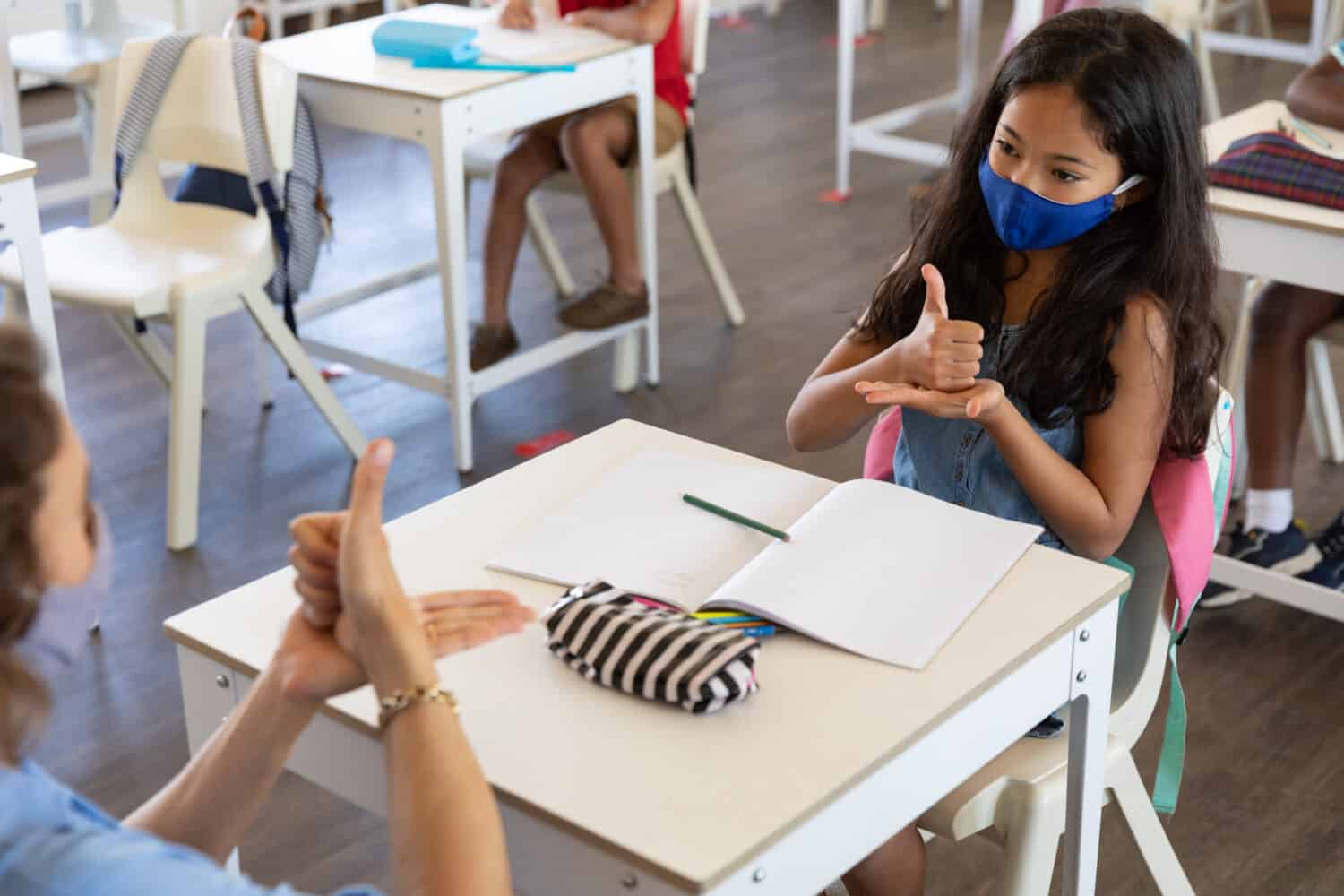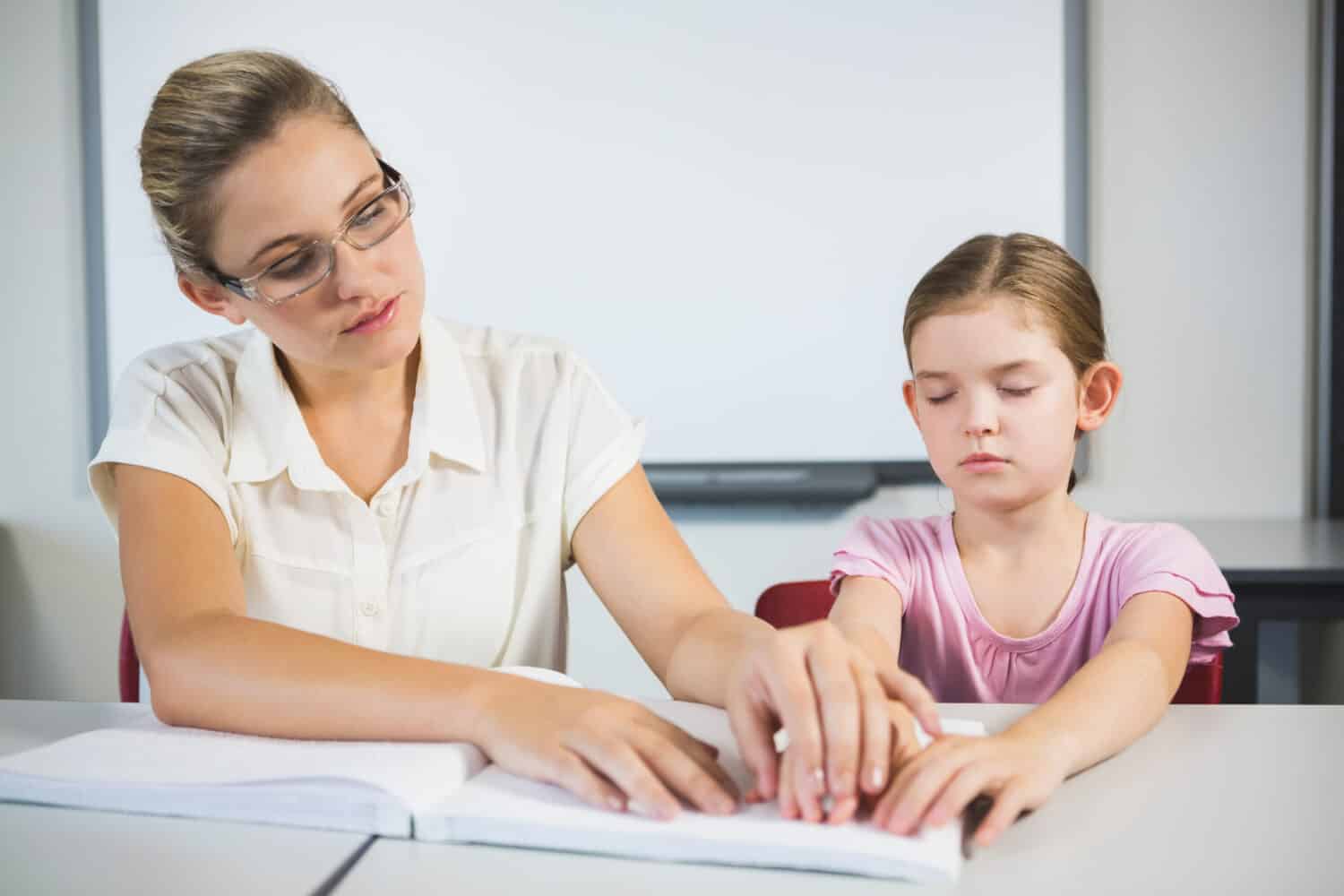Have you heard of the great Italian explorer Christopher Columbus? The first, rather interesting fact is that Columbus was a largely self-educated man. He took the time to teach himself astronomy, geography, and history. The second fascinating fact about him was his thirst for adventure.
Columbus traversed the Atlantic Ocean, not once, but four times. Imagine achieving such a feat in the 1400s, which were pre-technology days, when travel must have been quite rudimentary. Indeed, many credit him for opening the doors to extensive European exploration and colonization of American territories. And the earliest settlers honored his spirit for adventure and exploration by naming the Ohio capital Columbus.
The beginnings of Columbus were on the Scioto river banks comprising numerous Native American settlements. We can trace the date back to 1812. In the 1950s, Columbus began to scale rapidly and, by the 90s, was the largest Ohio city in population and land. The economy, to date, is quite diverse, covering areas like banking, healthcare, insurance, logistics, and quality education. The latter forms the topic of discussion in this illuminating article.
We'll explore some of the oldest schools in Columbus and whether they're still contributing to the educational landscape of the Ohio capital city.
Capital University
303 East Broad Street, Bexley, Columbus, Ohio
The history of Capital University goes back to 1813. It owes its existence to German immigrants who set it up as a Theological Seminary of the Evangelical Lutheran Synod to train Lutheran pastors. It wasn't until 20 years later that an undergraduate institution, Capital University came to be. That comprised the non-seminary part of the school. Since then, the University has added graduate programs and a law school.
Capital University has two notable distinctions. The first is that it's the largest Central Ohio University. The second is that it's North America's largest and oldest Lutheran-affiliated University.
At its establishment, the University was located in Canton, Ohio. In 1832, it relocated to downtown Columbus. A final relocation brought Capital University to its current Bexley location.
The campus offers an extensive curriculum comprising more than 60 Majors and 51 minors. The law school is an American Bar Association (ABA) accredited private school in downtown Ohio.
Despite the school's affiliation with the Lutheran church, they do not force students to follow their faith. Indeed inclusion and emphasis on spirituality as the ‘third way' is core to the University, no matter your faith.
The music program is leading in the country, with the highest degree concentration being the music technology program. The chapel choir has entertained at Carnegie Hall and around the world. Furthermore, the University encourages students to develop their musical talents and provides support by offering a diverse musical environment. Thus, ensembles, collaborations, and performances are common within the campus.
Athletics is also a big part of the student and public life. There's active participation in sports like baseball, basketball, football, cross-country, soccer, and tennis.
Notable alums from Capital University include:
- Hanif Abdurraqib, music writer and poet
- Politicians Ron Amstutz, Tim Ayers, Jay Hottinger, Jennifer Bruner, Bruce Edward Johnson, Jim Jordan, and Greg Lashutka.
- Lutheran Clergyman Robert Graetz. He's famous for his support of the Montgomery bus boycott.
- American physicist Angela Hight Walker
Experiential learning, community engagement, and commitment to Lutheran values of integrity, inclusiveness, respect, and service keep the University on a path of continued educational excellence.

Capital University has been a cornerstone of education for generations.
©4 PM production/Shutterstock.com
Ohio State University
281 West Lane Avenue, Columbus Ohio
Ohio State University also goes by the name OSU or Ohio State. It's a Land Grant University, meaning it receives benefits under the 1862 and 1890 Morrill Acts.
Ohio State University started operations in 1870 under Ohio Agricultural and Mechanical College. The name makes it easy to infer what disciplines it concentrated on. Some noteworthy years for the University include:
- 1873 was the year the first 24 students enrolled at the University
- 1878, the first six graduates, all men, received their honors
- 1879, the first college had its first female graduate
- 1878 signified the adoption of the current name, the Ohio State University. This was due to the efforts of former U.S. President, then Governor Rutherford B-Hayes the school expanded its curriculum to become more comprehensive. The passing of the legislature at the Ohio General Assembly sanctioned the new name.
- 1891 was the year of the founding of the Moritz College of Law.
The Ohio State University has gone on to earn industry distinctions, including acknowledgment of high research activity. In 2022 it received the highest University endowment ever given in the world at a staggering $7 billion.
Presently the University has very high admission standards, earning it another Accolade as one of the best U.S. public universities.
The Ohio State University's notable alumni list is something other learning institutions would kill for. It includes:
- 5 Nobel laureates
- 9 Rhode Island scholars
- 7 Churchill scholars
- 7 Pulitzer Prize winners
- 7 U.S. Senators
- 104 Olympic medalists, to name a few.
Some industry greats you may be familiar with include:
- Jesse Owens, four gold Olympic winner in track and field
- Basketballs D'Angelo Russell, Greg Oden, Spud Webb, Mike Conley Jr., and John Havlicek
- American footballers Michael Thomas, Ryan Shazier, Terrelle Pryor, and Mike Vrabel
- American actors J.K Simons, Wendie Malick, Richard Lewis, David Graf, and Jean Peters
- Politicians John Cafferty, Jim Jordan, J. D Vance, Sherrod Brown, and Joseph Wu
- Musicians Dwight Yoakam and Kim Deal,
- Bath and body works founder Lex Wexner
- Wikipedia co-founder Larry Sanger
- Two-time Pulitzer Prize winner Barbara W. Tuchman
The Ohio state university's contribution to academic excellence in Columbus and, indeed, the whole of the United States will continue. That's if the current trend is any indicator of what lies ahead.

As one of the oldest schools in Columbus, Ohio State University is steeped in tradition and knowledge.
©Monkey Business Images/Shutterstock.com
Central High School
840 West, State Street, Columbus, Ohio
The Central High School also goes by High School of Columbus or High School of Commerce. It started operating in 1862 and was the only high school in Columbus City then.
Its first location from 1862 to 1988 was East Broad and 6th Street, which currently houses Capital University Law School. The 150 ft. tall tower was, to the residents of Columbus, an architectural ornament.
In 1924 the school opened its South Washington Boulevard location. However, low enrollment and the deteriorating state of the building forced the school's closure in 1982.
Currently, the school takes students from ages 15 to 21. It also has an adult program for those above 22 years.
Notable alums include the following.
- Renowned American author, cartoonist, and humorist James Thurber
- Jazz vocalist Nancy Wilson
- Actress Beverly D'Angelo
- American footballer Archie Griffin
- Actor and comedian Melvin Jackson

With a focus on fostering an environment of active learning and exploration, Central High School continues to stay true to its mission of engaging students from all backgrounds.
©LStockStudio/Shutterstock.com
Columbus School for Girls
65 South, Drexel Avenue, Columbus
The all-girl private Columbus School for Girls takes in students from ages 3 to grade 12.
It owes its existence to Mary Bole Scott and Florence Kelly, who established a school in 1898 at 662 East Town Street. Their vision for the school was to replace the finishing schools that parents would send young ladies to.
Finishing schools aimed at teaching women social grace and upper-class rites to equip them with the right skills for entry into society. For the two founding ladies, there was more value in a solid college educational program.
September 22nd in the same year was significant as it was the first school session. In June of the following year, two students graduated.
Anyone who has been to the school knows about the daily chapel services. The tradition began when Alice Gladden and Grace Latimer took over the leadership reins in 1904. The credit largely goes to Alice, a congressional minister's daughter. Over the years, the school's curriculum expanded with a more demanding academic pursuit, including college preparation. Subjects like English, foreign languages, and mathematics were critical. Together with these were fine arts, theater, and music.
Other historical years for the school include:
- The incorporation of the school into a non-profit institution in 1927
- The relocation of the school in 1953 to Broad Street from Brighton Road and Parsons Avenue.
- In 1957 the school encouraged open admissions to fight segregation. This was under the then-headmaster, doctor Arleigh D. Richardson.
- Inclusions to the main structure in 1967 comprised a gymnasium, library, and Lower School. Other additions were a pool, fine arts complex, theater, and locker room.
- Completion of the ongoing renovations in 1970
- 1985 to 2009, when massive renovations happened, including the addition of two campuses, the Kirk and Cynthia Woods campuses.
- 2022 induction of 9 students into the academically accomplished students in society
Notable alumni from Columbus School of Girls include the following.
- Lucille Acheson Curtis, the first woman in what we now know as the U.S. Foreign Service
- Politician Nika Elugardo
- American race car driver Sarah Fisher
- Franklin county court judge Jaiza Page
- Renowned T.V. personality and judge on divorce court Lynn Toler
Instilling a legacy of empowerment and excellence remains the driving force in the all-girls school. The commitment to girl child education is to help the gender break limitations or cause disruptions to society's expectations of their potential.

These students are celebrating their shared legacy as they journey through life together at Columbus School for Girls.
©wavebreakmedia/Shutterstock.com
Ohio School for the Deaf
500 Morse Road, 43214 Columbus Ohio
Ohio School for the Deaf was set up in 1829 to cater for hard of hearing and deaf students. The Residential School runs on public funding support, making it the only one of this kind in Ohio. It seeks to provide a comprehensive education that helps students reach their full potential.
The school's website shows that the creation of the institution may be largely attributable to Reverend James Hoge. He also got inspiration from The Pennsylvania institution's invitation to deaf students to seek education and tuition from their establishments. At his urging, Ohio set up its Asylum for the Education of the Deaf and Dumb in 1826 in downtown Columbus. Currently, the site, and some of the original buildings not demolished in 1981, host the Cristo Rey Columbus High School.
An Ohio legislature changed the facility's name by removing the word Asylum and replacing it with Institution. Plans to move the school got underway with the purchase of 10 acres on East Town Street. At this time, students were using smaller buildings within the location due to a lack of funds to build the main structure.
The first pupil was a 12-year-old lad from Franklin County. By 1931 the number had reached 25 students. It wasn't until 1832 when the school got its first East Town Street Building, and 1834 that the students could use the new space.
Over the years, there were additional buildings put up within the property. The school had to move again in 1953 to the current location because of the state of disrepair of the other buildings. The 1981 demolition was due to several fires that made the building unsafe. Parts of the building remained, though, thanks to the efforts of preservationists.
Ohio School for the Deaf takes in students from preschool to grade 12. There's also a four-plus transition program for post-high school students. The comprehensive curriculum involves tailor-made lessons around language development, science, literacy, vocational training, and social studies. Articulation instruction and lip reading are also an integral part of the lessons. Approximately 150 deaf and hard-of-hearing students enroll in the campus every year.
Outside of classroom work is a thriving athletics culture. The baseball and rugby teams have put the school in sharp focus on the sports field. Hall of Fame inductees in sports include:
- Soccer Star Sean Duffin
- Football and basketball player Gary Larson
- Volleyball and basketballer Sarah Nickell
- Basketballers Kristy Penny and Everett Brag
- Footballer Rolland Doubt
- Basketball official James Beldon Senior.
Ohio School for the Deaf continues to provide excellent education to the deaf and hard of hearing.

The Ohio School for the Deaf is one of the oldest schools in Columbus and continues to provide excellent education opportunities for deaf students.
©wavebreakmedia/Shutterstock.com
Ohio State School for the Blind
North High Street, 5220, Columbus Ohio
Ohio State School for the Blind came to be in 1837, earning it the distinction of being the first public school in the nation for the visually impaired and blind. Within the first year, it had enrolled 11 students.
The construction of the first Ohio State School for the Blind building started in 1839 with a capacity for sixty students. They then moved, in 1874, to a new building on Parsons Avenue in downtown Columbus. The new site had a capacity for over 300 students. Currently, the location hosts the Columbus Public Health Offices.
The school's name changed in the early 1900s to become the Ohio State School for the Blind. The school relocated to its present-day location in the 1950s. Since then, there have been major, notable changes to the demographics and population, including taking in students with various abilities.
The school aims at providing students with a chance to experience what they can't see. A good example is models of monuments from all over America that reside in the institution. Students can use their hands to examine the models.
There were discussions about integrating the school with the Ohio School for the Deaf. However, there was a noticeable lack of consensus on the suggestion. Opponents of the move were of the opinion that integration would destroy the students' way of life. Ultimately, they carried the day as the two institutions remained separate.
However, the institutions do work together sometimes. The formation of a blind marching band in 2005 was a remarkable feat. The band performed for the Ohio school for the deaf football program. Beyond that, it’s the only blind marching band in the United States. The marching band was the first of its kind to perform in the 121-year history of the Tournament of Roses. For their efforts, they got a national citation of excellence from the Phi Mu Alpha Sinfonia, a national music fraternity.
Notable alumni from the school include:
- Eleanor Brown, a Columbia University PhD educator
- Rahsaan Roland Kirk, a Jazz legend
- Troy Hammond, actor and comedian
Athletic opportunities are also available for basketball, goal ball, track, swimming, and cheerleading. This is critical as it provides a mental and physical outlet while the children are lasting friendships through friendly competition.
The enrolment rate for the visually impaired and blind students at the school is over 100 every year. It takes students as young as 3 to over 21 years. The comprehensive education curriculum caters to students in higher education right from kindergarten to High School and vocational training.

The Ohio State School for the Blind is a testament to the power of perseverance and dedication.
©wavebreakmedia/Shutterstock.com
Columbus Is Home To Many Ancient Schools in the U.S.
Many of the people who have had and continue to profoundly impact the world were students in some of the ancient Ohio schools. The amazing fact that many of them are still open today is a feat worth celebrating. Some have gone on to achieve educational excellence that other institutions can only hope for. A good example is the Ohio State University, which is breaking ground in research and more.
The Columbus capital has also been at the forefront of the establishment of special educational facilities for students with various activities. Ohio School for the Deaf and a higher school for the Blind are prime examples. In these specialized environments, students can learn in a safe environment, thus allowing them to achieve their full potential. Another feat that broke society's expectations is the Columbus School for Girls. Girl-child empowerment has led to breakthroughs in ways patriarchal societies would have never imagined.
The image featured at the top of this post is ©Monkey Business Images/Shutterstock.com
